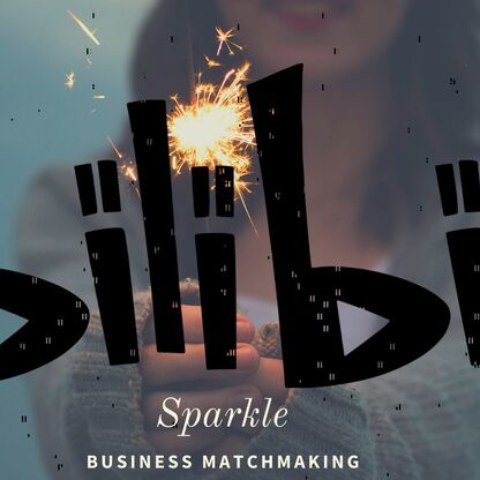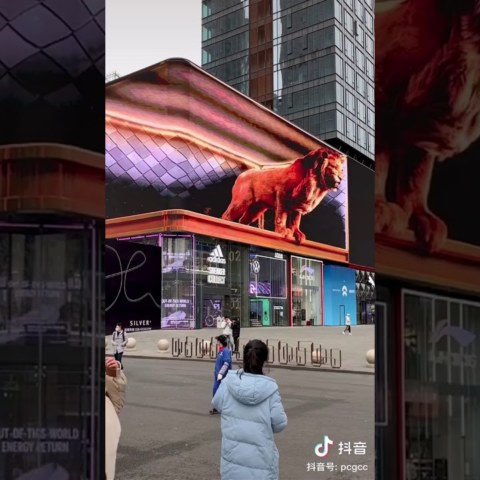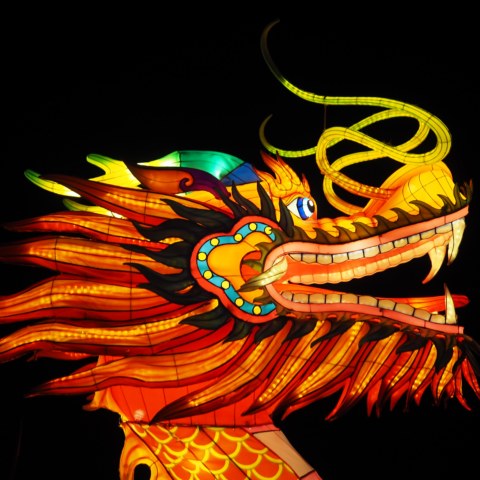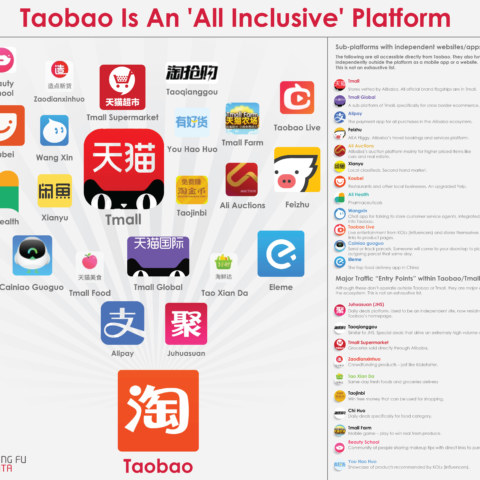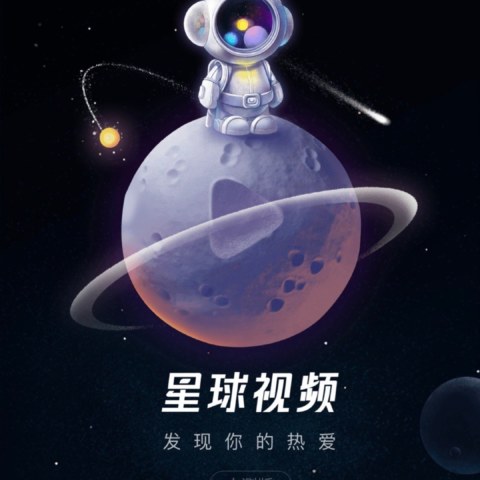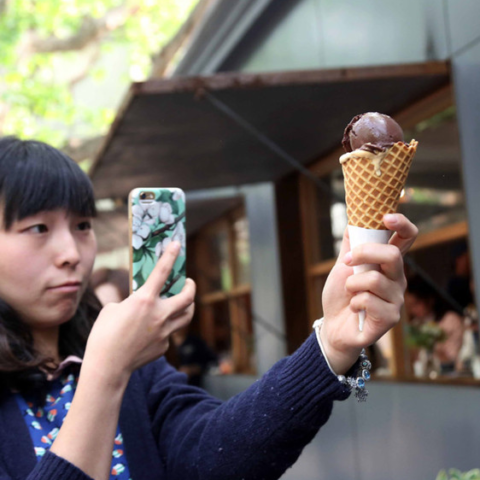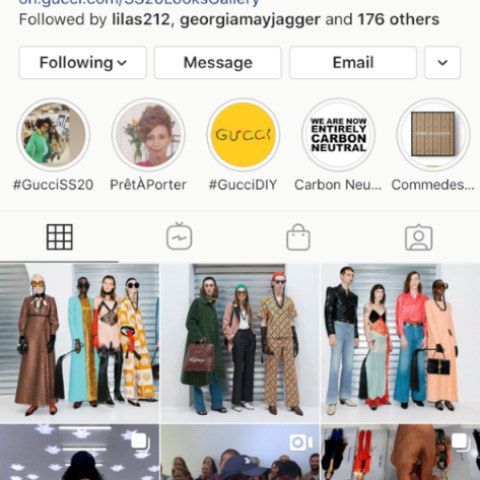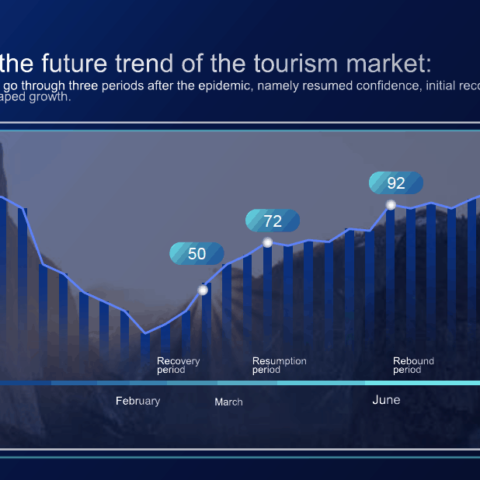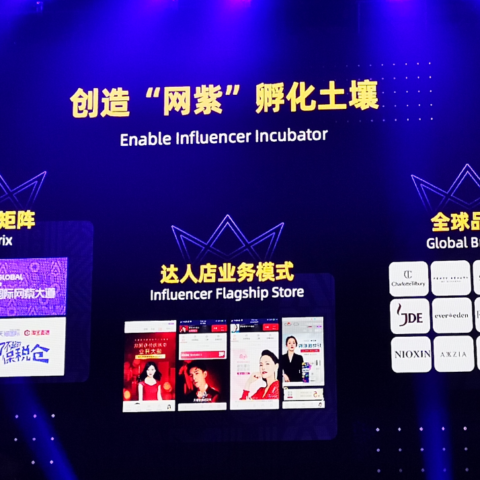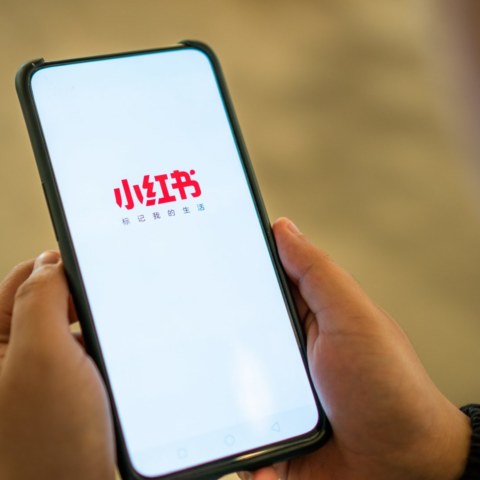Cultural Marketing, the biggest key to success for brands in China
Cultural marketing is the biggest key to success for brands in China today — it’s more important than the product, the distribution, or state-of-the-art technologies like AI.
It focuses on the deep knowledge of the market habits and tastes in a different country. Chinese customers are undoubtedly more demanding, more sensitive, and less keen on passively accepting a top-down institutional approach than other targets in the past, but their hearts can be won on their terms.
“Understanding” means brands should use market analysis to gather a deeper knowledge of various customers in today’s fast-changing environment. Successful brands will have their headquarters collaborate with local offices so that their brand identity can be flawlessly communicated through the tools and content that’s best for Chinese customers. This step is crucial, and it relies on the intelligence team being flexible enough to work closely with both specialized consulting firms and their own local branches — the more knowledge that’s obtained, the higher the chance of successful business growth. Gucci is a good example of a company that aced this step and has had great success in China since it re-launched there.
To see this step enacted properly, one only has to look at the Dior’s Chinese New Year WeChat campaign featuring three iconic bags: the Saddle, the Book Tote, and the Lady Dior in Toile de Jouy. Each red-and-white limited-edition bag was made for the China market only, exuding respect for Chinese heritage while simultaneously relying on the French fashion house’s DNA of quality and elegance.
Dior’s action, the Dior Beauty live stream of their “see now, buy now event” in Chengdu via a WeChat mini-program, was an extremely popular campaign for many reasons. In an hour-long WeChat livestream that took place last November, Dior Beauty creative director Peter Philips ran a series of makeup tips and tutorials involving over 300 influencers and reaching more than 3 million visitors. They were also able to gather interesting data from the event, which had a composition that was 60 percent women, 38 percent millennials, and 20 percent Gen Zers — all relevant targets.
Despite a long presence in Asia, some amazing brands with a great heritage like Tod’s, are unable to set up flexible marketing strategies that will win over Chinese customers with effective and impactful messages. They simply do rational presentations of their own assets like the brand’s “Ciao by Tod’s” advertising campaign is a good example. It’s a campaign that perfectly focuses on how Tod’s is an Italian leather goods brand features leather clothes and accessories, and uses the Italian word “ciao.” As a brand showcase, it’s not engaging to Chinese consumers because there is no sign of a two-way conversation, no engagement with the customer’s unique circumstances, and no effort to try and speak the customers’ language.
If you need to understand how to market your product don’t hesitate to contact us!
Leave a Comment


